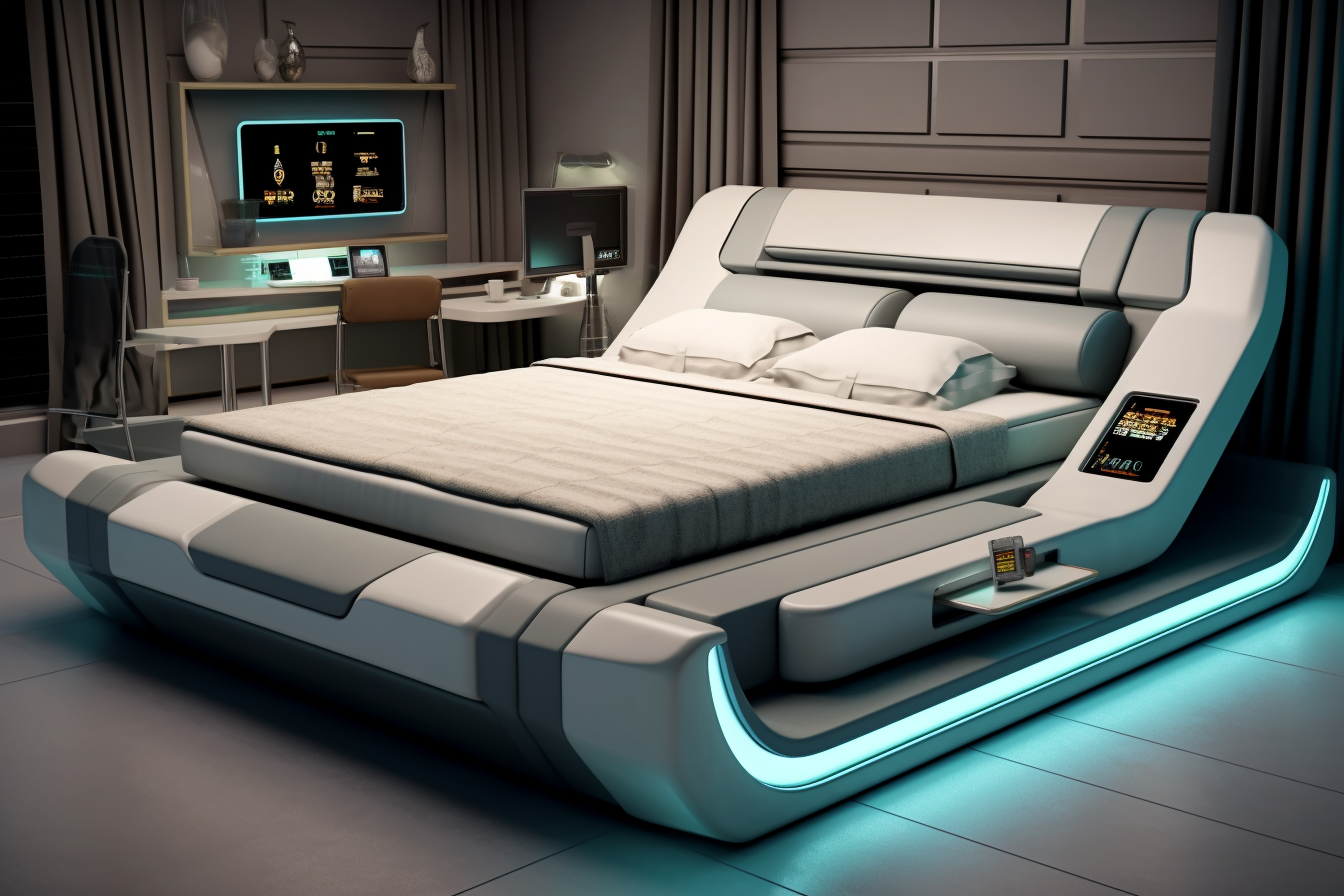Organizational Systems to Keep Resting Areas Clutter-Free
A clutter-free resting area supports relaxation and sleep by combining purposeful organization with mindful design. This article outlines practical systems—covering layout, storage, lighting, and accessibility—that can help reduce visual noise and create a calm, usable space for everyday routines.

A restful space feels calm when function and design work together. Thoughtful organization reduces the time spent searching for items, limits surface clutter, and protects the visual cues that promote relaxation. This article presents practical systems and small behavioral shifts that address layout, storage, lighting, acoustics, and accessibility so resting areas remain tidy and comfortable. Each section links clear strategies to common design considerations so you can tailor solutions to your own space and habits.
How does layout and scale affect furniture placement?
Optimal layout starts with assessing scale and circulation: choose furniture whose size matches the room so placement does not crowd walkways. Position the bed and primary seating to allow clear paths to doors and windows, maintaining at least 60–90 cm (24–36 in) of clearance where possible for ease of movement. Keep larger pieces against walls to open central floor space and use rugs to define zones—sleep, dressing, or reading—so the arrangement supports daily routines. Regularly review placement: moving a dresser or nightstand by a few inches can reveal wasted space for additional storage or help a room feel less cluttered.
What storage and organization systems help declutter?
Effective storage balances visible and hidden solutions. Use under-bed drawers, low-profile chests, and wall-mounted shelving to keep surfaces clear while keeping frequently used items accessible. Drawer organizers, clear bins, and labeled boxes make small-item storage predictable and reduce the tendency to leave objects out. Implement a one-in, one-out rule for clothing to prevent overfilling closets, and designate landing zones—like a small tray or basket—for daily essentials. Consistent categories (seasonal, daily, sentimental) and periodic declutter sessions help storage remain functional rather than becoming a catch-all.
How can lighting and acoustics improve comfort?
Lighting and acoustics both influence perceived order and comfort. Layered lighting—ambient, task, and accent—keeps surfaces functional and reduces visual strain, making it easier to maintain organization. Use warm, dimmable fixtures near beds and brighter task lights for dressing or reading areas. For acoustics, add soft textiles such as rugs, curtains, and upholstered headboards to dampen echo and reduce a sense of chaos. Simple measures like a fabric-covered corkboard or soft wall panels can control sound while doubling as places to display essential notes rather than leaving papers on flat surfaces.
How do color and texture influence perceived order?
Color and texture shape how tidy a space feels without requiring constant effort. A restrained palette with complementary tones reduces visual clutter and simplifies decisions when buying or storing items. Textures—smooth linens, woven baskets, or matte finishes—introduce interest without adding noise; using matching baskets or uniform containers creates the visual effect of organization. Reserve bold colors or busy patterns for small accents so they don’t compete with storage systems. Thoughtful material choices can also conceal wear and soft messes, making the space feel cleaner between deep cleans.
How do ventilation and privacy support restful spaces?
Good ventilation and clear privacy boundaries support both health and the ongoing habit of keeping a resting area tidy. Proper airflow prevents mustiness that encourages piling laundry or stashing damp textiles. Use breathable storage solutions—vented baskets or fabric bins—for items that need airflow. Privacy measures such as curtains, screens, or strategic furniture placement let you close off visual clutter from adjoining rooms and create a sense of sanctuary. When storage is out of sight but accessible, people are more likely to put items away, preserving the calm atmosphere.
How to ensure accessibility without sacrificing style?
Accessibility and a curated look can coexist by selecting storage and furniture that are both reachable and aesthetically consistent. Choose storage at appropriate heights—shelves and drawers within comfortable reach—to reduce the urge to leave items on surfaces. Multi-functional furniture, such as ottomans with internal storage or bedside tables with drawers, keeps necessities nearby while hiding clutter. Pay attention to hardware and drawer slides for smooth operation so putting items away is easy. Incorporating clear signage or consistent container styles helps household members of all abilities maintain the system.
A sustainable organizational system combines physical solutions with simple habits: designated drop zones, regular quick tidy routines, and seasonal reviews keep storage effective rather than static. By aligning layout, lighting, storage, and material choices with the way the space is used, you reduce friction for daily maintenance and protect the restful qualities of the room. Implementing small, consistent changes will help keep your resting area clutter-free and supportive of relaxation and sleep.





